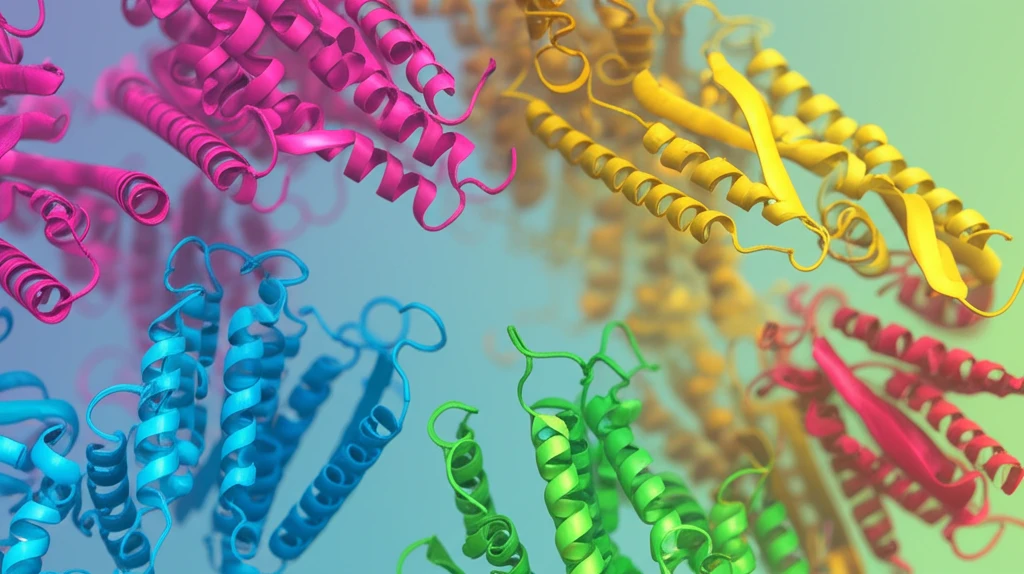
Decoding Block Copolymers: How Scientists Are Fine-Tuning Plastics of the Future
"Unlocking the secrets of amphiphilic di- and tri-block copolymers for advanced material design."
In the realm of material science, creating materials with specific, tailored properties is a constant pursuit. One promising avenue lies in the study of amphiphilic block copolymers. These fascinating molecules consist of both hydrophilic (water-loving) and hydrophobic (water-fearing) segments, which, when combined, can self-assemble into unique structures within aqueous environments. The driving force behind this self-assembly is the tendency of the hydrophobic segments to shield themselves from water, resulting in the formation of micelles or other organized arrangements.
Think of it like oil and vinegar: they naturally separate, but with the right manipulation, you can create a stable emulsion. Similarly, in block copolymers, the balance between hydrophilic and hydrophobic segments can be delicately tuned to achieve desired material characteristics. By manipulating factors such as the chemical composition, total molecular weight, and individual block lengths, scientists can precisely control the size, structure, and performance of these materials.
A new research study delves into the intricate analysis of amphiphilic di- and tri-block copolymers composed of poly(ethylene oxide) (PEO) and poly(methyl methacrylate) (PMMA). By employing advanced analytical techniques, the researchers aim to unravel the relationship between the individual block lengths of these copolymers and their overall properties, paving the way for innovative applications across diverse fields.
What Makes PEO and PMMA So Special for Copolymer Design?

The choice of PEO and PMMA in creating block copolymers is strategic, driven by their contrasting properties and the potential for synergistic effects. PEO, or poly(ethylene oxide), is a widely favored hydrophilic segment due to its exceptional water solubility, non-toxicity, and biocompatibility. This makes it ideal for applications where interaction with aqueous environments or biological systems is necessary. PMMA, or poly(methyl methacrylate), offers a contrasting set of properties as a hydrophobic segment. It's a relatively soft polymer with a lower glass transition temperature and high optical clarity, making it useful in applications that require flexibility and transparency.
- Water Solubility: PEO contributes to water solubility, enabling the copolymer to disperse or dissolve in aqueous environments.
- Mechanical Properties: PMMA adds mechanical strength and flexibility, enhancing the durability of the material.
- Crystallization Control: The degree of crystallization can be controlled by altering the block lengths of PMMA, impacting the material’s overall structure.
- Biocompatibility: PEO's biocompatibility ensures the copolymer is suitable for biomedical applications.
- Optical Properties: PMMA's clarity makes the copolymer useful in optical applications.
Unlocking the Future of Polymer Design
By combining meticulous synthesis with advanced analytical techniques, researchers are paving the way for a new era of polymer design. The ability to precisely control the structure and properties of block copolymers opens up exciting possibilities for creating materials tailored to specific applications, from biomedicine to advanced electronics. As our understanding of these complex systems deepens, we can expect to see even more innovative uses for block copolymers in the years to come.
